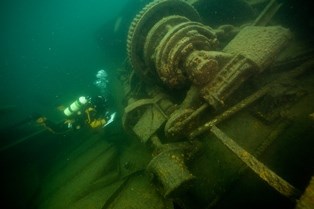
NPS Photo Isle Royale's ten major shipwrecks span seventy years and showcase the evolution of Great Lakes maritime transportation - from wooden side-paddle steamers to massive steel freighters. Protected by the National Park Service, these vessels can be explored by experienced divers. Diving ConditionsLake Superior is cold. At the surface, water temperature rarely exceeds 55 degrees Fahrenheit; below 50 feet, 34-37 degrees. Full wetsuit is necessary; a drysuit is recommended.Dive conservatively. Cold water increases the possibility of decompression problems. Sunlight may not penetrate to the deeper depths depending on conditions (visibility, angle of sun, and fog or clouds). Diving is remote, emergency care is not immediately available. Stay within your limits and training. Portions of some wrecks are at depths of less than 60 feet; many are far deeper. Deep dives require specific equipment and experience. SafetyWeather: Lake Superior's changeable weather is well-known. Follow marine forecasts and keep at least one person aboard your boat whenever divers are in the water.Diving-related illnesses, especially those requiring a recompression chamber, pose a severe threat to life. The closest recompression chambers are in Minneapolis and Milwaukee. Know CPR and emergency procedures for accidents. Carry an adequate first-aid kit including an oxygen delivery system and know how to use them. Emergencies: At the first indication of a diving illness, contact park rangers or US Coast Guard on marine radio (channel 16), or the park's emergency dispatch at (440) 546-5945. 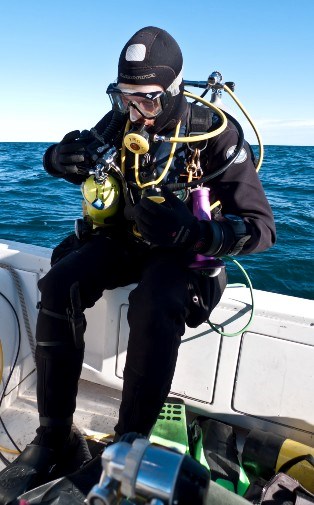
Susanna Pershern Regulations
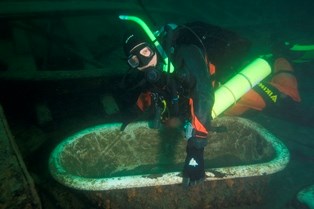
NPS Photo Exploring ShipwrecksPreserve the stories of Isle Royale's shipwrecks by leaving them as you found them. If you discover any artifacts, leave them in place.Some wrecks are broken up and scattered across the bottom, but some remain more intact. Divers penetrating wrecks can become lost in a maze of confined passages or entangled in debris, wire, or line. Darkness and silt can reduce visibility to zero. Moorings
Shipwreck Buoys
Shipwreck Profiles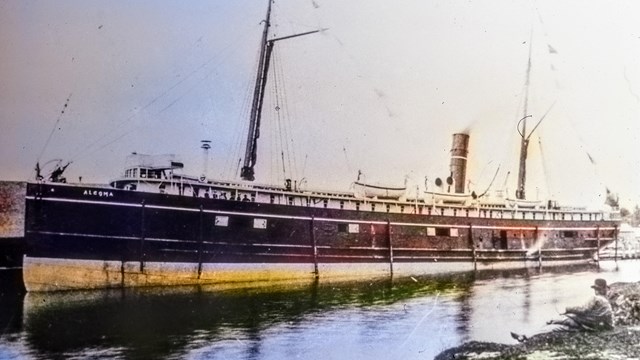
SS Algoma
Passenger Steamer (1883-1885) Ship broke in half, and parts of the stern are all that remain. 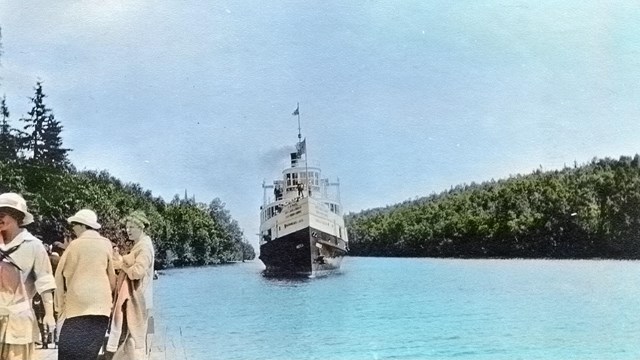
SS America
Package Freighter (1898-1928) The midship and stern are intact, including engine room, galley, and numerous cabins. 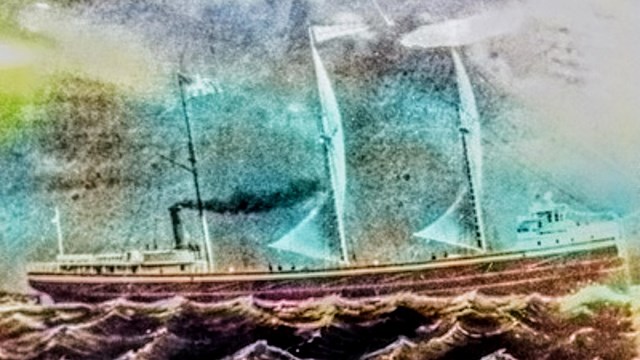
SS Henry Chisholm
Bulk Freighter (1880-1898) A large intact steam engine with drive shaft and prop dominate the wreck scene. 
SS Chester A. Congdon
Bulk Freighter (1907-1918) Wreckage consists of intact pilot house and bow section on south side of reef and an intact stern on north side. 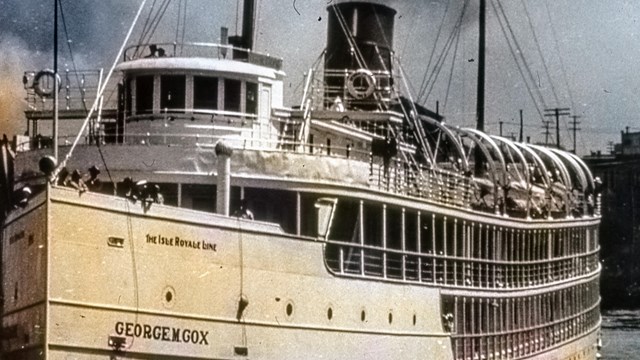
SS George M. Cox
Passenger Steamer (1901-1933) Site features scattered wreckage, twisted steel plating, and exposed machinery and prop. 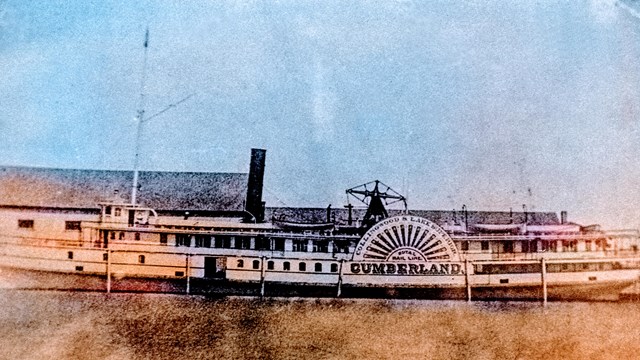
SS Cumberland
Passenger Steamer (1871-1877) Large sections of wooden hull, side-wheel and boiler remain. 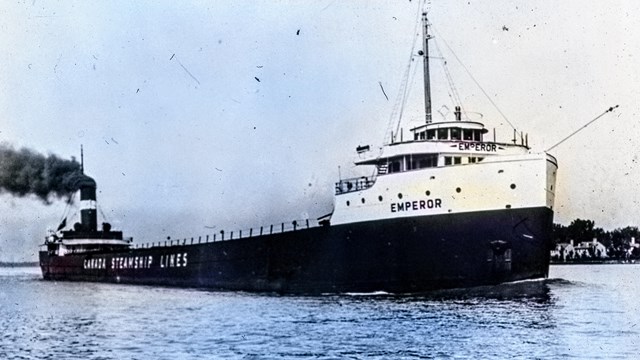
SS Emperor
Bulk Freigher (1910-1947) The wreck is basically intact, with the bow area showing most damage. 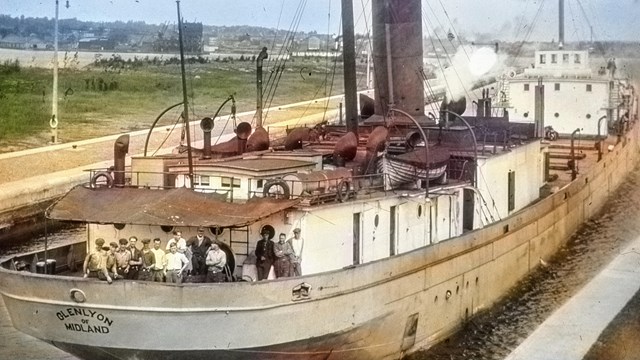
SS Glenlyon
Bulk Freighter (1893-1924) The wreck is scattered over the reef with a few large sections still intact. 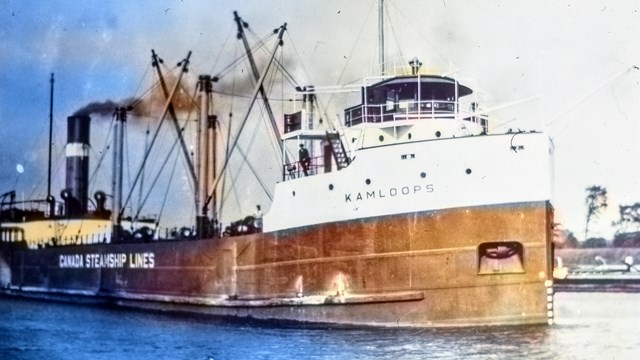
SS Kamloops
Package Freighter (1924-1927) At extreme depth, the wreck is intact and undisturbed. 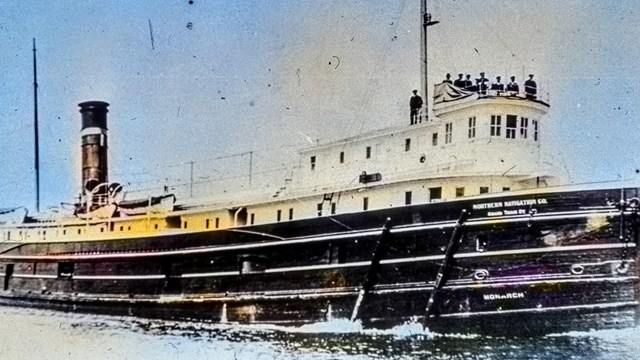
SS Monarch
Package Freighter (1890-1906) Large sections of wooden wreckage scattered on the bottom, the wreck is known for heavy construction. |
Last updated: September 18, 2025
